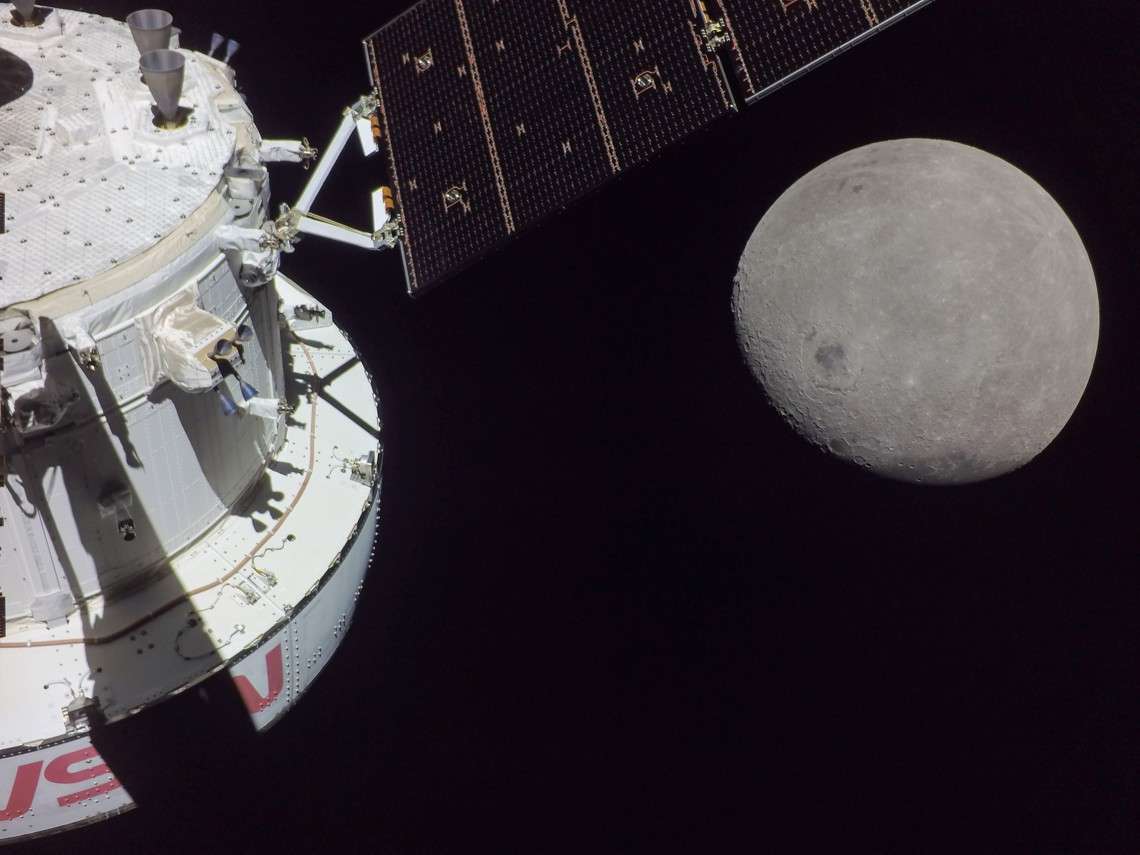The Orion capsule successfully returned to Earth this Sunday after 25 days of travel and closed the historic unmanned lunar mission Artemis Iaccording to international media.
The spacecraft orbited the Moon during that time, as part of a program with which the United States Aerospace Agency (NASA) plans to establish a permanent presence on Earth’s satellite and send astronauts to Mars from there.
According to reports, the Orion fell into the waters of the Pacific Ocean, off Baja California (Mexico) at the scheduled time, around 5:40 p.m. GMT, after deploying an eleven parachute system in the planned sequence that allowed it to reduce the speed of 523 km/h to just under 32 km/h.
Splashdown.
After traveling 1.4 million miles through space, orbiting the Moon, and collecting data that will prepare us to send astronauts on future #Artemis missions, the @NASA_Orion space craft is home. pic.twitter.com/ORxCtGa9v7
—NASA (@NASA) December 11, 2022
Following the successful mission, NASA plans to send Artemis II with four crew members for a circumnavigation of the Moon in 2024, and the following year Artemis III, in which astronauts would touch down on the lunar soil for the first time since 1972, when the astronauts of the Apollo XVII mission did it, the last of the Apollo program.
Precisely this Sunday marked the 50th anniversary since the military pilot Gene Cernan and the geologist Harrison Schmitt starred in that milestone in the aerospace career.
After two failed attempts to launch Artemis I, the ship named after the Greek goddess, the twin sister of Apollo took off on November 16 from the Kennedy Space Center in Florida, in the United States.
The objective of this first mission was to test the new NASA Space Launch System, the most powerful rocket in history, weighing 2,600 tons and taller than a 17-story building, in accordance with the spanish newspaper The country.
In its journey through space, the ship suffered some blackout in communication, but it was restored shortly after. During its journey, it has sent images and detached itself from a dozen small satellites with various missions, such as trying to detect hidden ice in the celestial body or analyzing the plasma present in the vicinity of the Moon, the outlet details.
The entry system into the Earth’s atmosphere, specifically the Orion thermal insulation system, was also tested on the mission., because the friction of the air raises at that moment the outside temperature of the ship to almost 3000 degrees celcius.

















